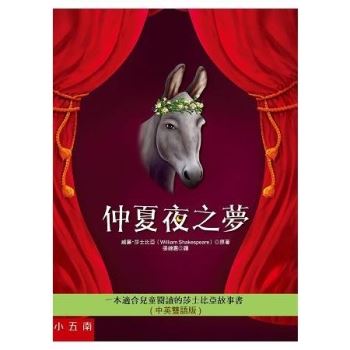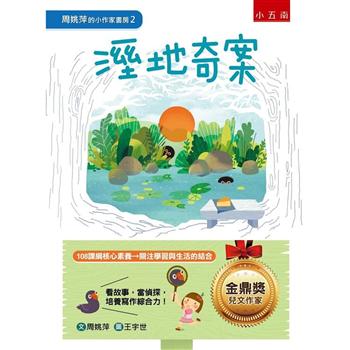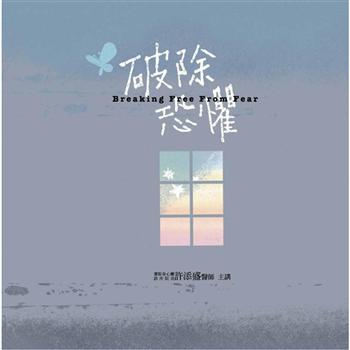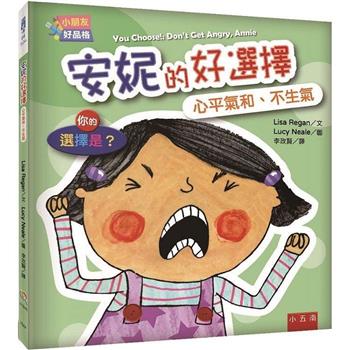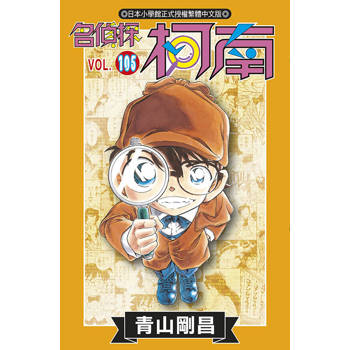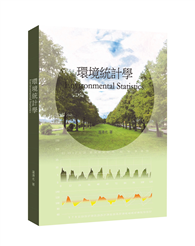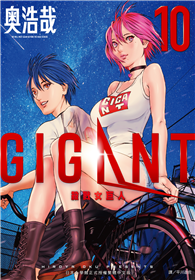Despite the increasing volume of scholarship that shows children as political actors, prior to this book, a cohesive framework was lacking that would more fully examine and express children’s relationship with political power. Rather than simply hitching children’s resistance to standard theories of resistance, Heidi Morrison seeks to meet children on their own terms.
Through the case study of Palestinian children, contributors theorize children’s resistance as an embodied experience called lived resistance. A critical aspect of the study of lived resistance is not just documenting what children do but specifically how scholars approach the topic of children’s resistance. With Lived Resistance against the War on Palestinian Children, the authors account for the vessel (i.e., the body in flesh and mind) through which such resistance generates and operates. The diverse group of chapter authors examine Palestinian children’s art and media, imprisonment, parenting experiences, bereavement, neoliberalism, refugee camps, and protest movements as aspects of their collective and individual political power. Through these outlets, the book shows consistencies and contends that these children’s relationship to political power operates from an inclusive model of citizenship and is social justice oriented, symbolically oriented, and contingently based.| FindBook |
有 1 項符合
Lived Resistance Against the War on Palestinian Children的圖書 |
 |
Lived Resistance Against the War on Palestinian Children 出版社:University of Georgia Press 出版日期:2024-08-01 語言:英文 規格:平裝 / 352頁 / 普通級/ 初版 |
| 圖書館借閱 |
| 國家圖書館 | 全國圖書書目資訊網 | 國立公共資訊圖書館 | 電子書服務平台 | MetaCat 跨館整合查詢 |
| 臺北市立圖書館 | 新北市立圖書館 | 基隆市公共圖書館 | 桃園市立圖書館 | 新竹縣公共圖書館 |
| 苗栗縣立圖書館 | 臺中市立圖書館 | 彰化縣公共圖書館 | 南投縣文化局 | 雲林縣公共圖書館 |
| 嘉義縣圖書館 | 臺南市立圖書館 | 高雄市立圖書館 | 屏東縣公共圖書館 | 宜蘭縣公共圖書館 |
| 花蓮縣文化局 | 臺東縣文化處 |
|
|
圖書介紹 - 資料來源:博客來 評分:
圖書名稱:Lived Resistance Against the War on Palestinian Children
內容簡介
作者簡介
HIEDI MORRISON is associate professor of history at the University of Wisconsin, La Crosse. She is author or editor of five books, including Inner Wounds: Oral Histories of Palestinian Children’s Trauma and the Second Intifada; Childhood and Colonial Modernity in Egypt; and A Cultural History of Youth.
|
